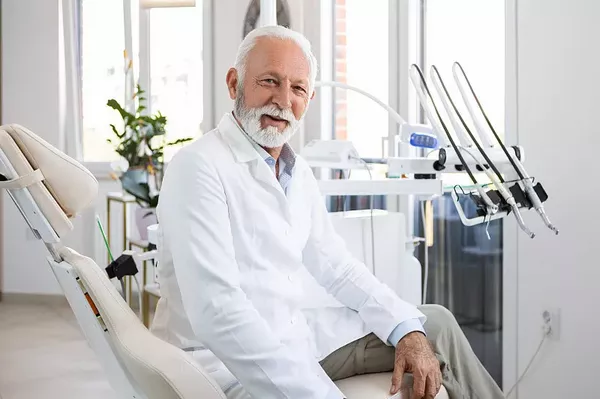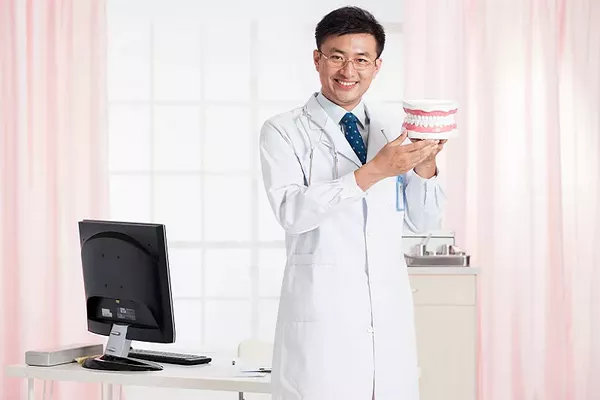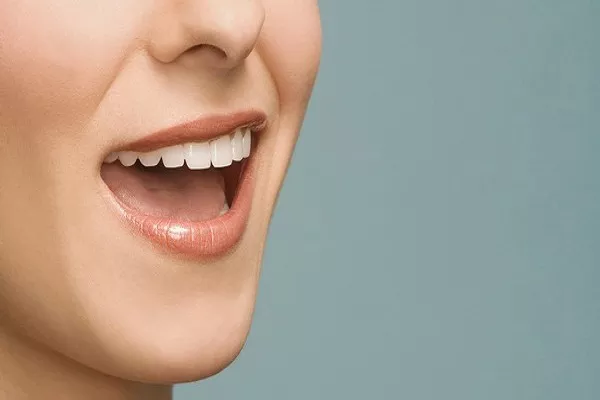In today’s aesthetically conscious world, dentistry embraces the pursuit of beauty. A pristine white smile is often associated with youthfulness and excellent oral health. Consequently, teeth whitening has gained immense popularity as a sought-after cosmetic procedure. Amid this surge in popularity, a barrage of myths and misconceptions has emerged, perplexing patients and complicating treatment for dentists. Thus, dispelling these misconceptions is crucial for the effectiveness of teeth whitening procedures.
Understanding the root cause of discoloration is pivotal, as stains can be categorized as intrinsic or extrinsic. Intrinsic stains reside deeper within the enamel, often linked to factors like age or fluoride ingestion. These stains cause the dentin to appear darker. On the other hand, extrinsic stains result from chromogenic deposits on the enamel, stemming from habits like smoking, tobacco use, and the consumption of beverages like tea, coffee, and wine. Whitening agents primarily target the outer surface of teeth. In cases of intrinsic stains, bleaching treatments may be necessary.
Dr. Ekta Khatri, Co-Founder of The Func Dent, a Prosthodontist, and Implantologist, highlights, “Effective teeth whitening hinges on a clean tooth surface. Plaque or calculus buildup can hinder the action of whitening agents, diminishing their effectiveness. Thus, a thorough cleaning to remove debris is vital.”
Natural teeth-whitening remedies, as discussed in the Journal of Oral Biosciences, often involve ingredients like lemons, strawberries, oranges, and papaya. While these fruits contribute to overall health, their impact on tooth color is minimal.
The mechanism of whitening agents exclusively targets the inorganic and organic components of enamel and dentin. This action does not extend to other restorative materials, as elucidated in the World Journal of Dentistry. Crowns, veneers, and fillings retain their original color and are unaffected by whitening agents.
Dr. Khatri underscores, “Whitening outcomes fade over time, influenced by dietary habits, smoking, and oral hygiene maintenance.”
“Whitening agents primarily consist of hydrogen peroxide or carbamide peroxide. Over-the-counter or dentist-prescribed at-home kits typically contain up to 10% of these agents. In-office treatments employ significantly higher concentrations (30-40%) for more reliable and gratifying results,” adds Dr. Khatri.
Related Topics:
































